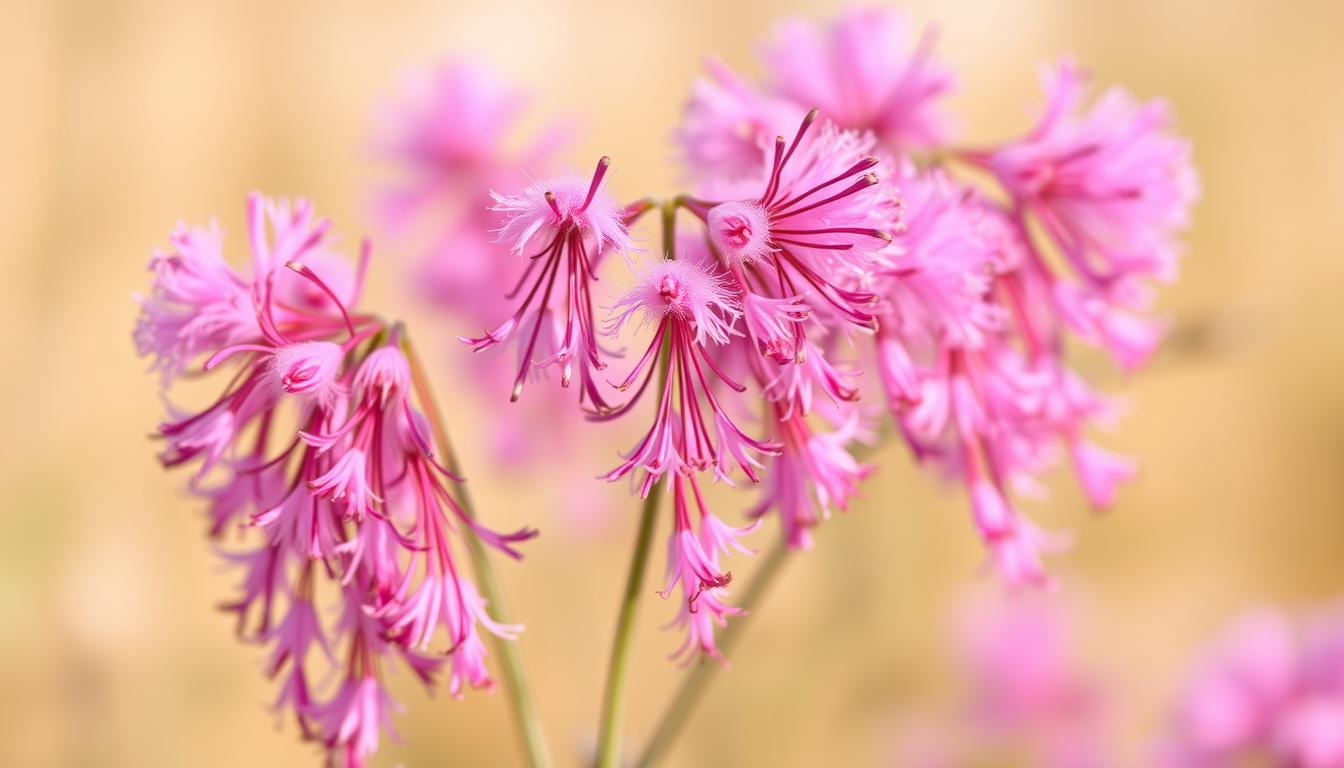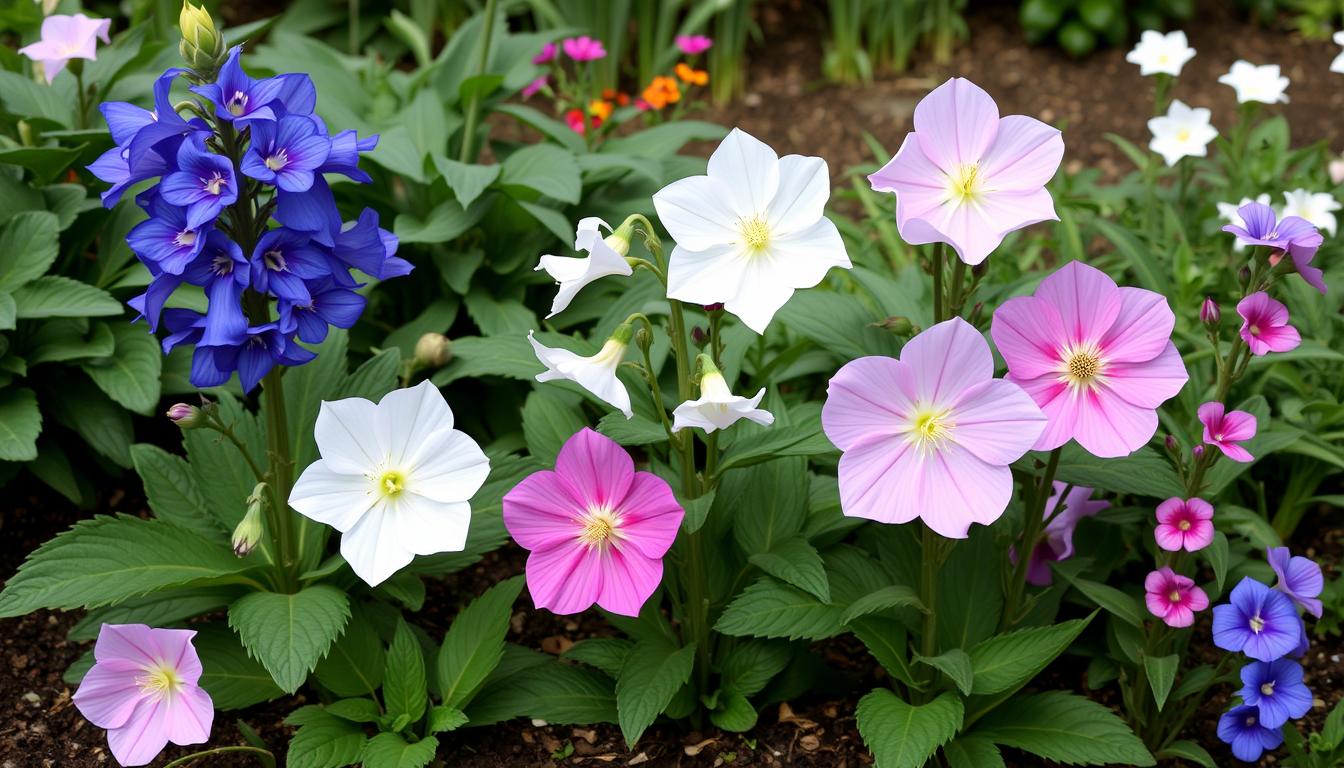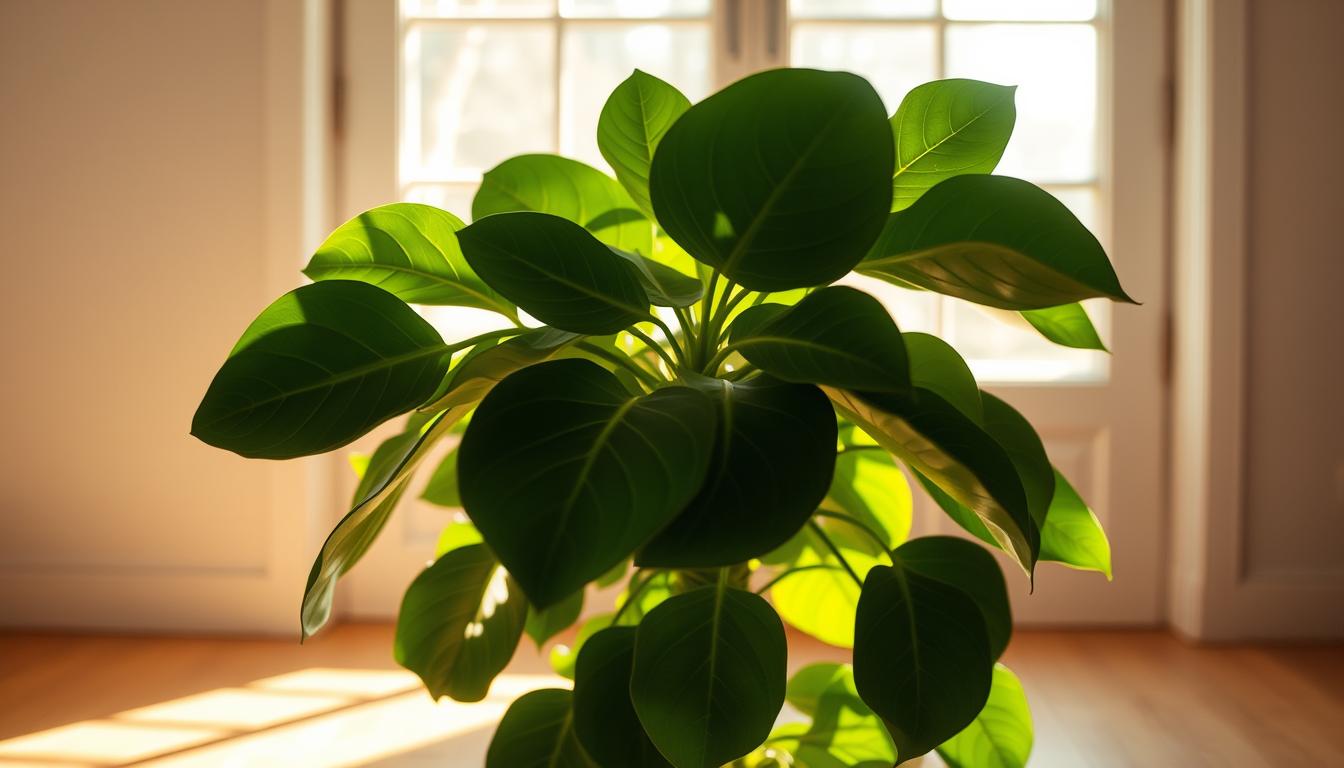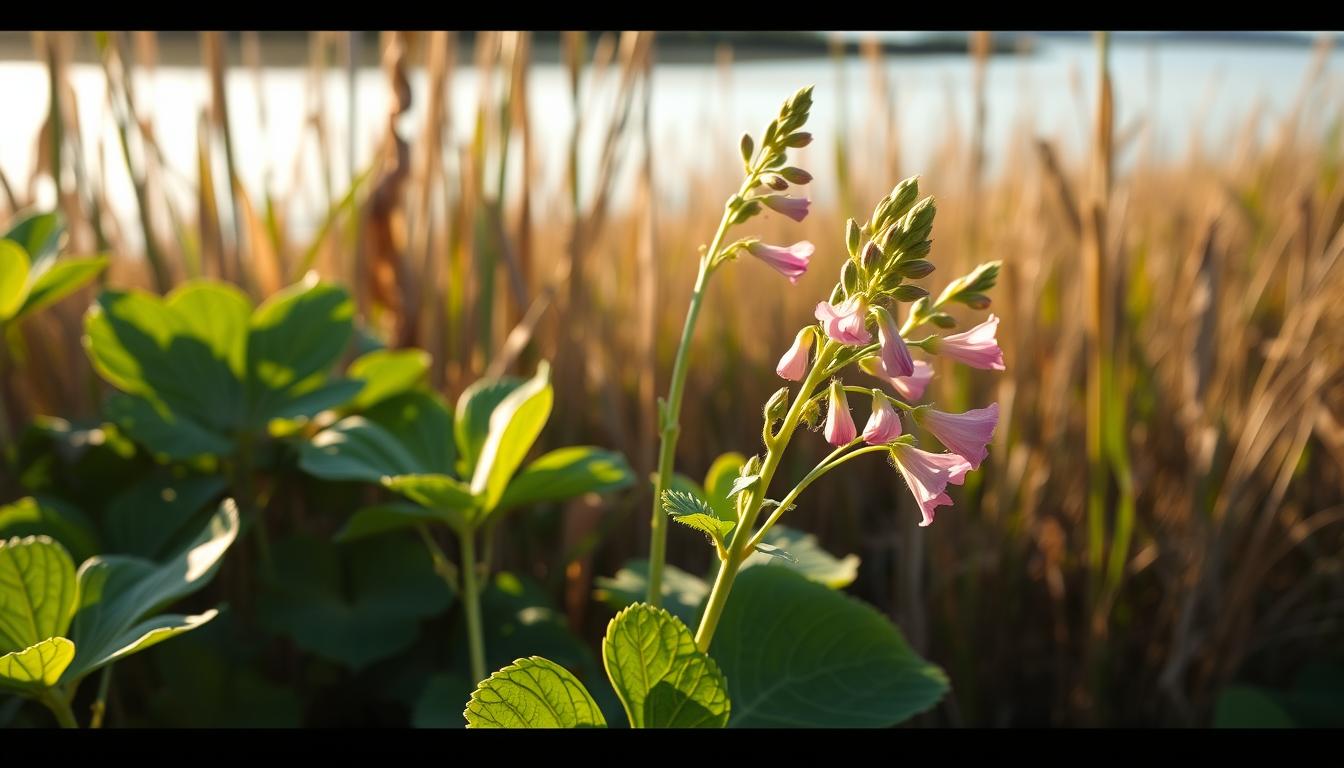How to Grow Ptilotus
“The desert’s beauty lies in its ability to thrive where others merely survive,” observed botanist Liberty Hyde Bailey. This truth comes alive in Ptilotus, an Australian native that transforms arid landscapes with silvery-pink floral spires.
Known as Pink Mulla Mulla, this drought-tolerant species demands specific conditions for optimal growth. Its thick foliage and bottlebrush blooms evolved to flourish in harsh environments, making it a unique addition to gardens in USDA zones 10-11.
Successful cultivation begins with understanding its natural habitat. Unlike typical garden plants, this perennial thrives in lean soils and bright sunlight. Many growers face challenges like premature flowering or temperature stress when replicating desert conditions.
This guide reveals professional techniques for nurturing robust specimens. You’ll learn critical strategies for soil preparation, watering schedules, and environmental controls. Whether starting from seeds or established plants, these methods help achieve sturdy stems perfect for cut arrangements or landscape displays.
Mastering these practices unlocks the plant’s full ornamental potential. Discover how to create microclimates that mimic Australian plains while avoiding common cultivation pitfalls.
Understanding Ptilotus: Origins and Varieties
Australia’s arid regions birthed this resilient genus, where evolution shaped its drought-defying traits. Modern cultivars retain wild ancestors’ rugged charm while offering tailored features for contemporary gardens. From towering floral spires to compact container stars, breeders have expanded options for diverse landscaping needs.
Landscape Stars: Key Cultivars
Ptilotus exaltatus ‘Matilda’ dominates with 32-inch stems bearing 6-inch pink plumes, ideal for floral arrangements. Compact ‘Joey’ thrives in pots, transitioning from silver buds to neon blooms. Ground-hugging Ptilotus spathulatus spreads golden-green flowers, while P. nobilis drapes soft yellow-green tails across borders.
| Variety | Height | Bloom Period | Special Features |
|---|---|---|---|
| Matilda | 24-32″ | June-October | Cut flower specialist |
| Joey | 12-18″ | Summer-Fall | Container-ready |
| Yellow Tails | 18-24″ | Spring-Summer | Drought-resistant |
Survival Specialists
Thick, silver-green leaves reflect harsh sunlight while storing moisture. Deep taproots mine water from subsoil layers, allowing survival in nutrient-poor earth. Flower structures withstand 100°F+ temperatures, blooming through summer’s peak heat.
These plants evolved protective hairs on stems and leaves, reducing moisture loss. Garden selections maintain these adaptations while improving bloom consistency. Whether in xeriscapes or patio pots, their desert heritage ensures low-maintenance growth.
How to Grow Ptilotus: Step-by-Step Growing Techniques

Mastering propagation methods determines success with these desert natives. Timing and technique work together to create vigorous specimens ready for harsh conditions.
Starting with Seeds or Plugs
Begin seeds indoors 8 weeks before spring’s last frost. Use coarse potting mix and maintain 75-80°F soil temperatures. Bright indirect light encourages strong stems without scorching tender leaves.
Transplant plugs when outdoor soil reaches 55°F. Handle root balls carefully – compressed rootsstunt growth. Acclimate seedlings over 7-10 days, increasing sunlight exposure gradually.
Optimal Planting Practices and Spacing
Position plants at original container depth. Burying stems invites rot. Space 6-8 inches apart for cut flower production or 18 inches in borders.
Monitor soil temperature during establishment. Cold shocks trigger early flowering, reducing stem quality. Allow 2-3 weeks for roots to anchor before summer heat arrives.
- Cut flower beds: Tight spacing maximizes stem yield
- Ornamental displays: Wider spacing enhances air circulation
- Container gardens: Use 12-inch pots for single specimens
Planting, Watering, and Soil Requirements

The secret to thriving specimens lies beneath the surface—mastering soil composition and hydration balance. Desert-adapted roots demand specific conditions to prevent common cultivation errors while promoting robust development.
Ideal Soil Mix and Drainage Needs
Sandy substrates with 30% mineral grit form the foundation for healthy growth. Professionals blend cactus soil with perlite or coarse sand to mimic natural habitats. Terra-cotta pots enhance moisture control, outperforming plastic containers by 40% in evaporation rates.
Clay soils require amendment with organic matter like composted bark. Raised beds prove essential in heavy earth, elevating roots above potential waterlogging. Proper drainage holes prevent fatal moisture retention around delicate root systems.
Watering Frequency and Managing Root Rot
New plants need weekly irrigation until establishing deep taproots. Mature specimens survive on rainfall alone in most regions. “Overwatering kills more Ptilotus than drought,” notes Arizona horticulturist Mara Chen.
Watch for yellowing leaves—the first sign of excess moisture. Allow soil to dry completely between waterings. Fungal pathogens thrive in damp conditions, making prevention through proper planting depth and air circulation critical.
Temperature, Light, and Humidity: Creating a Prosperous Environment
Environmental mastery separates thriving specimens from struggling ones. These desert natives flourish when their surroundings mirror Australia’s sun-baked plains. Three factors demand precise control: thermal stability, luminous intensity, and moisture balance.
Sunlight and Grow Light Placement
Outdoor plants require 6-8 hours of direct sunlight daily. Indoor cultivation needs full-spectrum LEDs positioned 12-18 inches above foliage. Use 20-40 watt bulbs for compact varieties, adjusting height as stems elongate.
Maintaining Optimal Temperature and Air Circulation
The ideal temperature range spans 70-85°F. Below 50°F damages leaves and halts growth. Greenhouses provide summer protection while boosting heat retention. Oscillating fans strengthen stems without creating harsh drafts.
Humidity Levels and Indoor vs. Outdoor Considerations
Keep environment humidity at 30-50% using pebble trays or dehumidifiers. Outdoor locations need spacing for airflow between specimens. Containers require drainage holes and gritty soil to prevent root issues in humid zones.
Pro Tip: Rotate potted plants weekly for even light exposure. This simple practice prevents lopsided growth while encouraging symmetrical floral displays.



